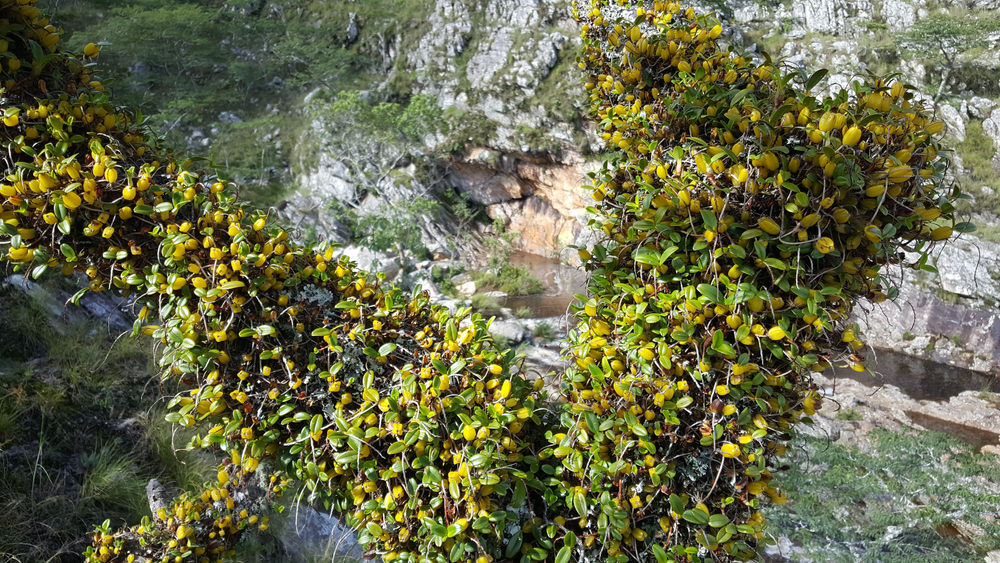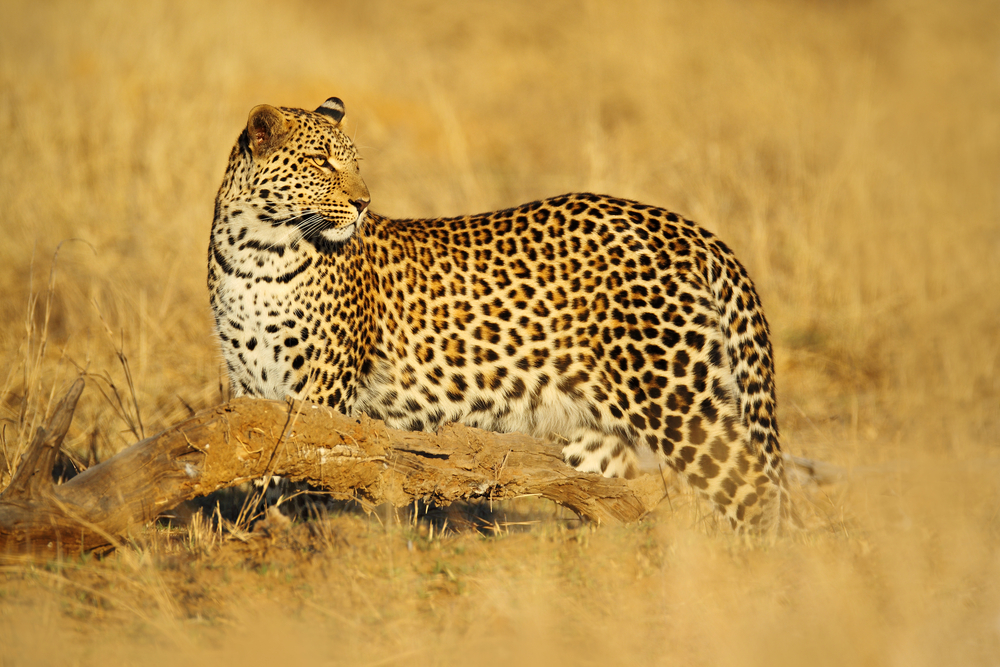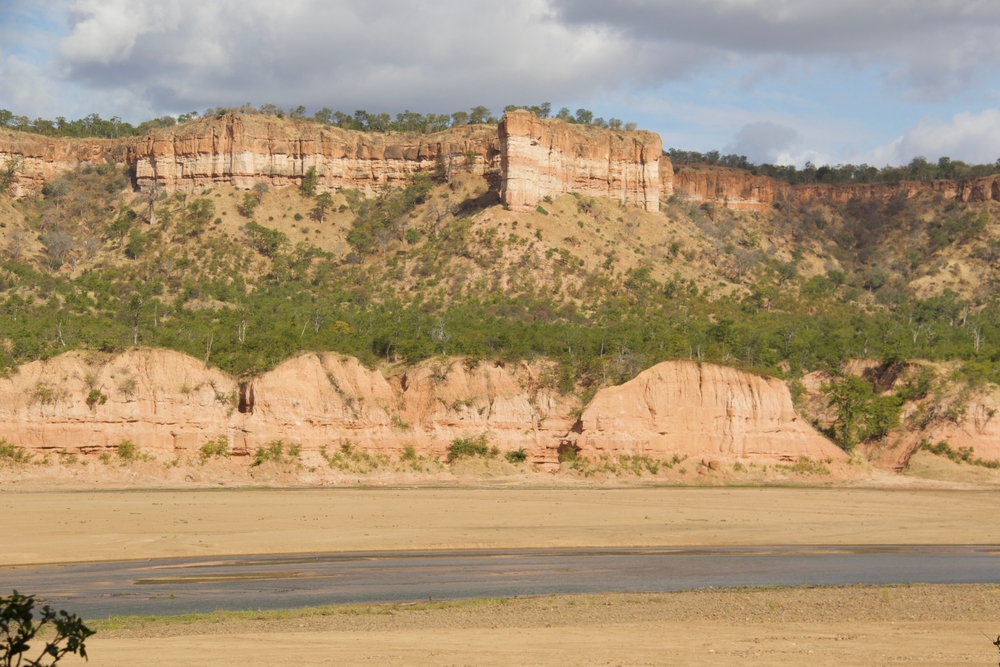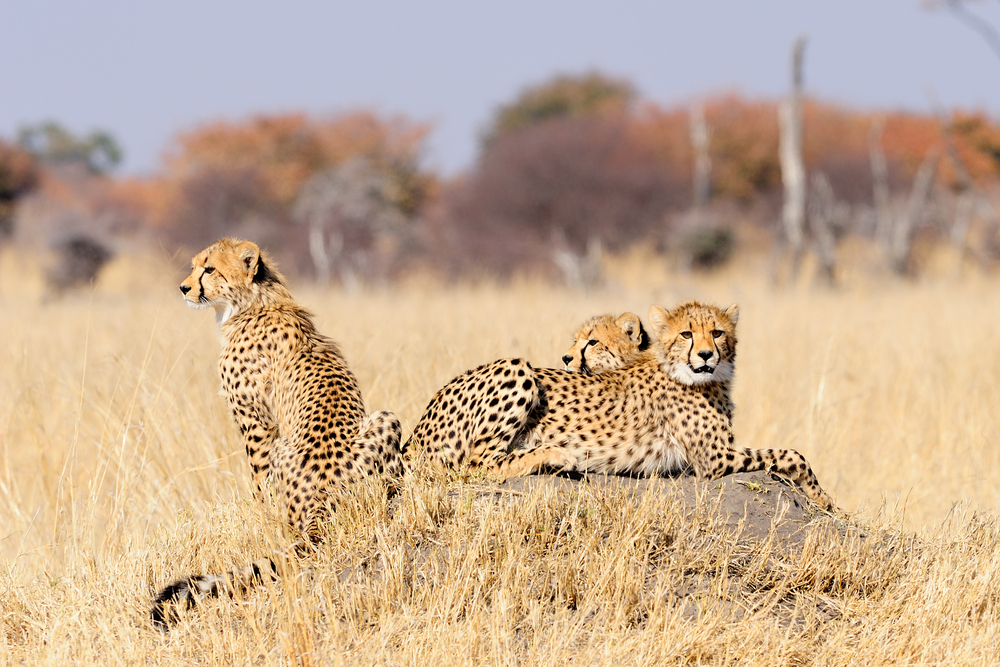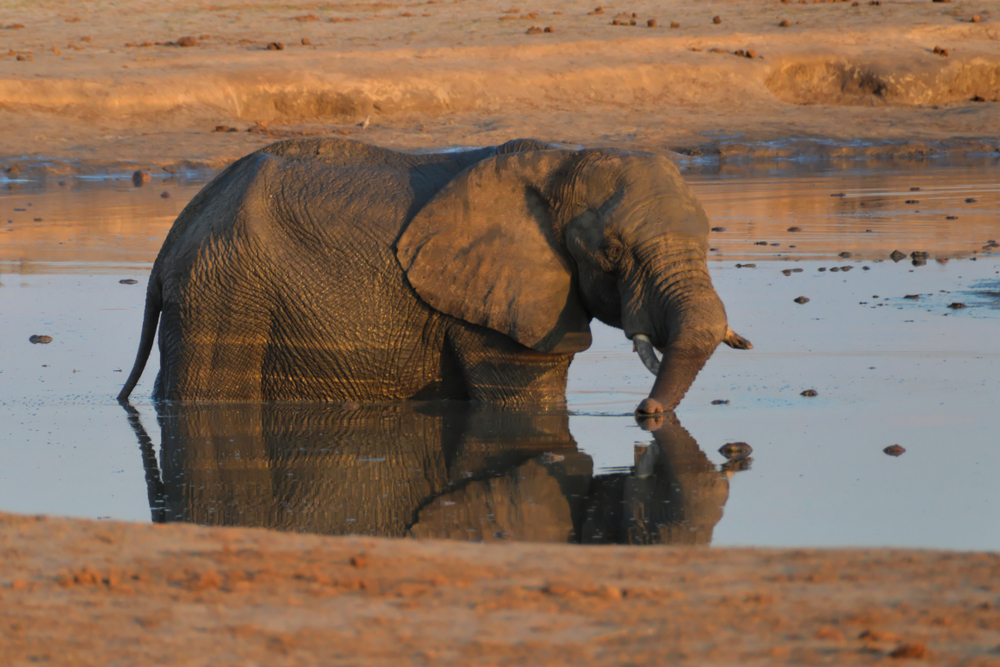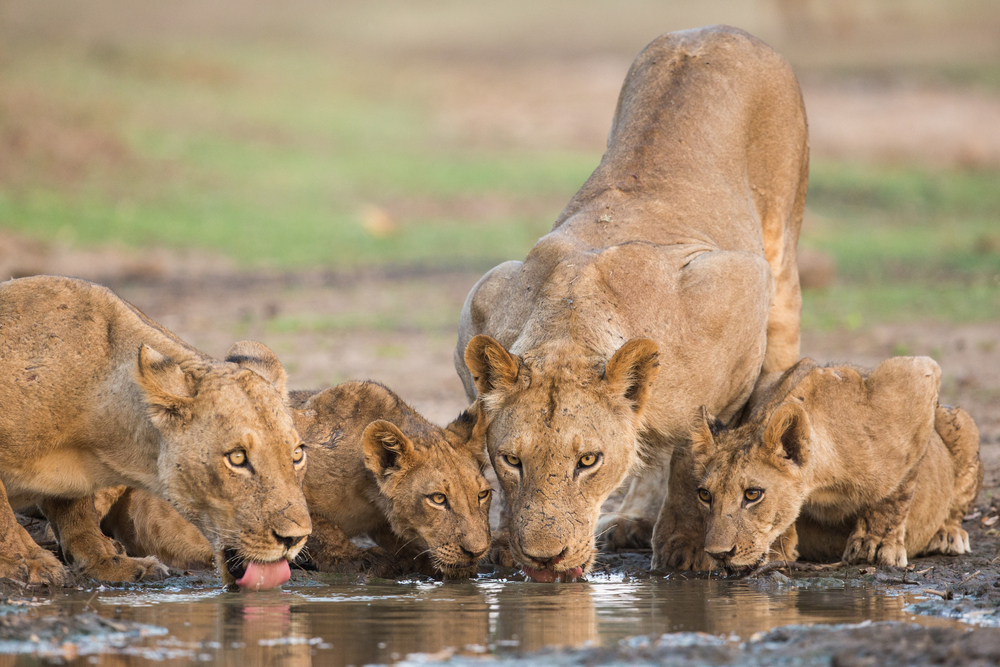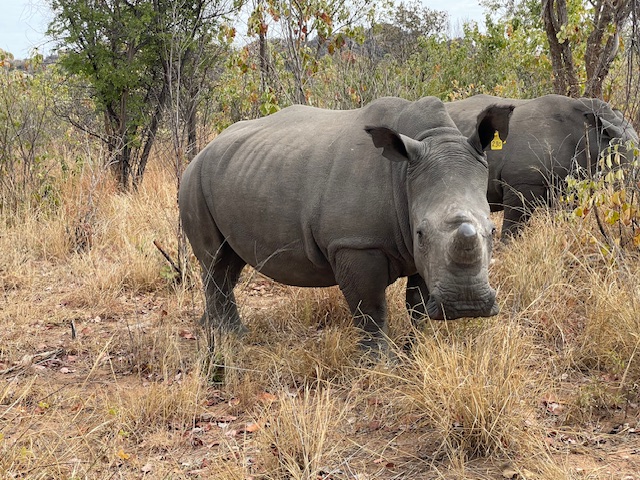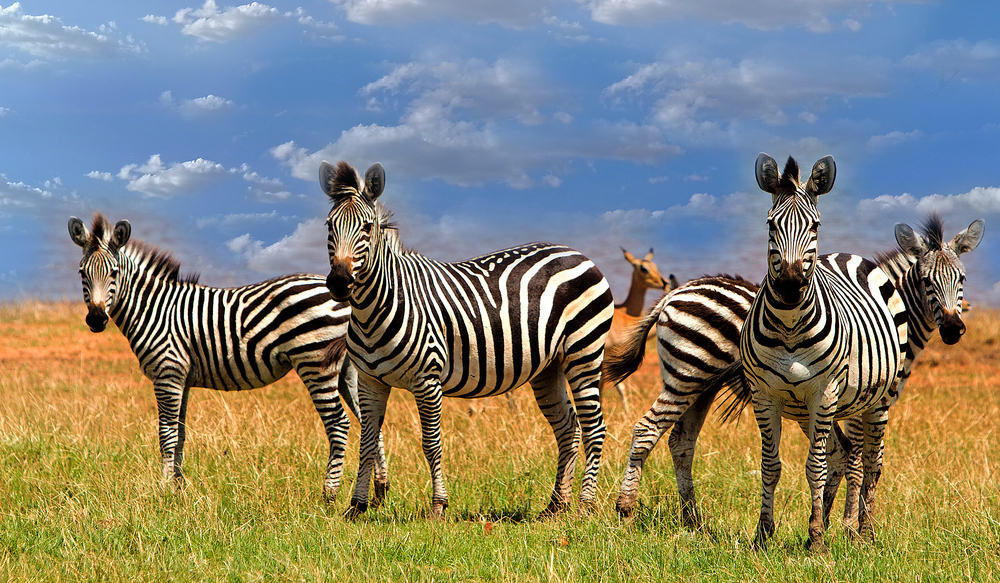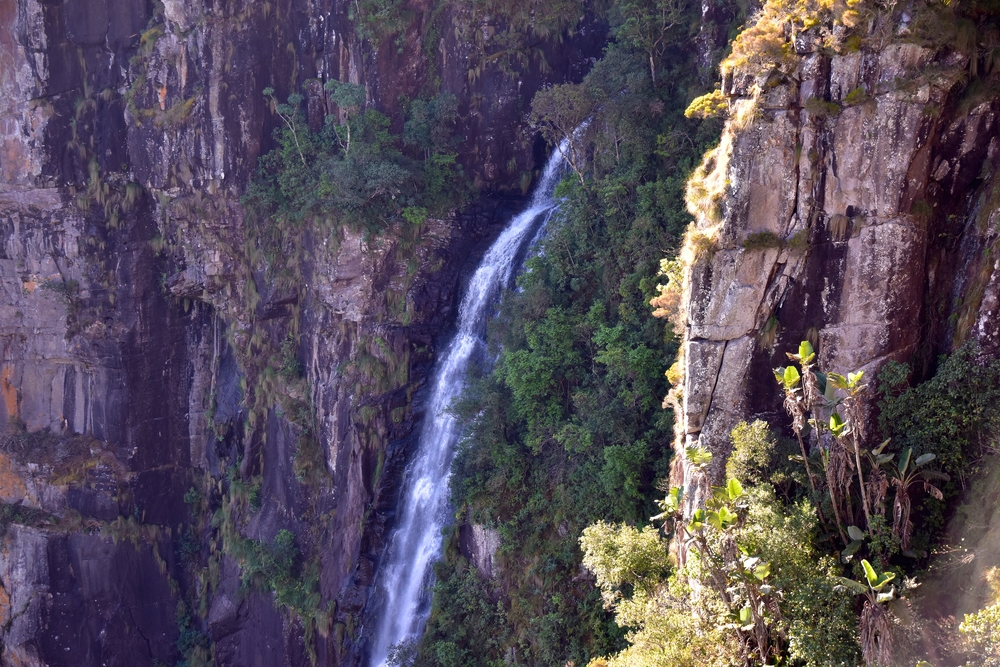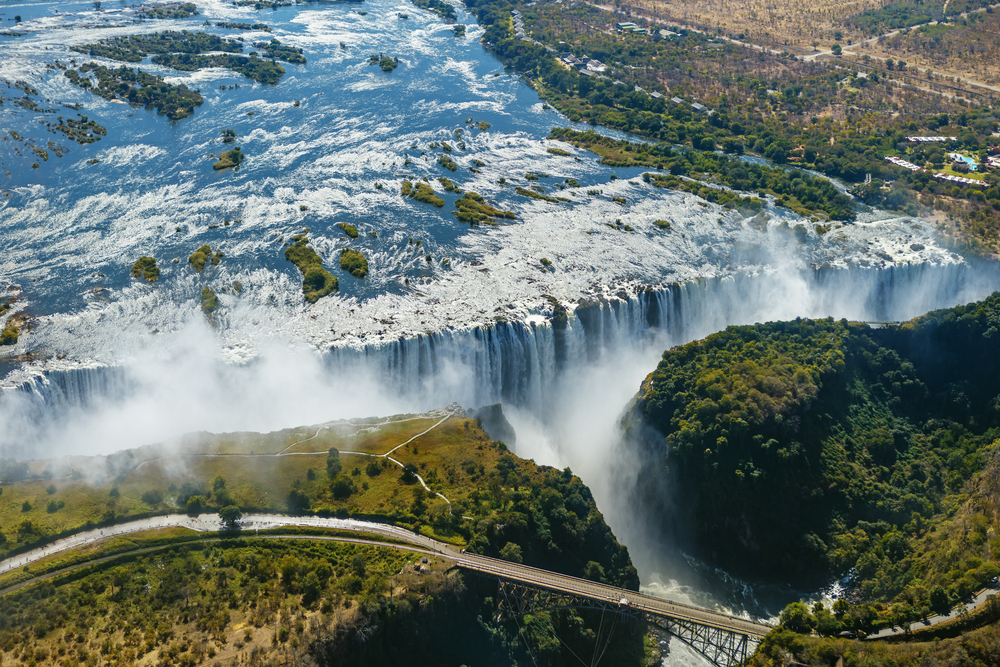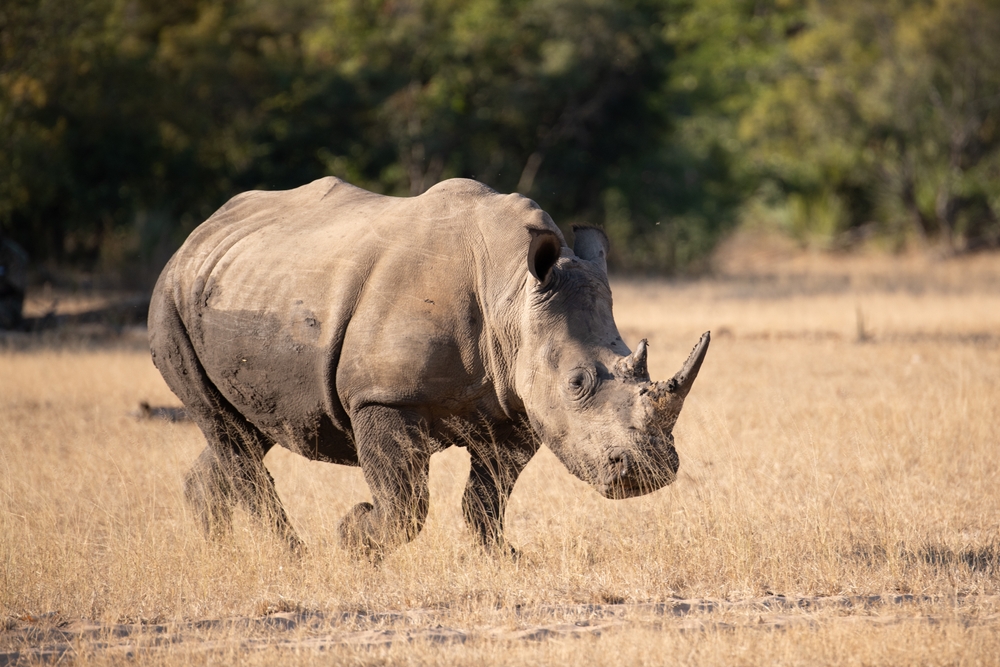Zimbabwe is home to 11 national parks, which are key to conserving the country’s rich wildlife and diverse ecosystems. Zimbabwe National Parks protect a range of landscapes, from vast savannas and wetlands to mountains and rivers, and serve as critical habitats for some of Africa’s most iconic species. These national parks in Zimbabwe are vital for biodiversity conservation and play a major role in supporting the country’s thriving eco-tourism industry.
Hwange National Park, the largest and most famous of Zimbabwe’s national parks, is known for its vast elephant population, with more than 40,000 elephants roaming the park. It also supports other large mammals, including lions, leopards, buffalos, and various antelope species. Hwange’s diverse habitats, which include woodlands, grasslands, and wetlands, make it one of the richest parks in terms of wildlife. This is one of the most coveted safari destinations with the country of Zimbabwe.
Victoria Falls National Park, located along the Zambezi River, is home to the world-renowned Victoria Falls, one of the largest waterfalls in the world. The park protects both the natural wonder of the falls and the surrounding wildlife, including elephants, hippos, and crocodiles, while providing a major draw for tourism. Victoria Falls is further protected on the Zambia side through Mosi-oa-Tunya National Park.
Mana Pools National Park, a UNESCO World Heritage Site, is another notable park, famous for its rivers, floodplains, and seasonal pools that attract a variety of wildlife. It is one of the best places in Africa for walking safaris, offering opportunities to see elephants, hippos, and wild dogs up close. The Mana Pools are more remote and require additional time to experience the park. A one day excursion or visit into Mana Pools is not feasible.
Despite their significance, Zimbabwe National Parks face challenges such as poaching, particularly of elephants and rhinos, and habitat destruction due to human encroachment and agricultural expansion. Drought and water scarcity, worsened by climate change, also pose threats to wildlife and ecosystems. The economics of the country make it challenging to invest in the infrastructure and protection of each of the parks equally. This means some national parks have less attention and support than others within the country.
Efforts to strengthen conservation, including anti-poaching initiatives and community-based eco-tourism, are helping to protect Zimbabwe’s national parks, ensuring the survival of the country’s unique wildlife and natural heritage for future generations. The National Parks Association invites visitors and committed conservation groups to come alongside the government and help meet the needs of park protection.










































































